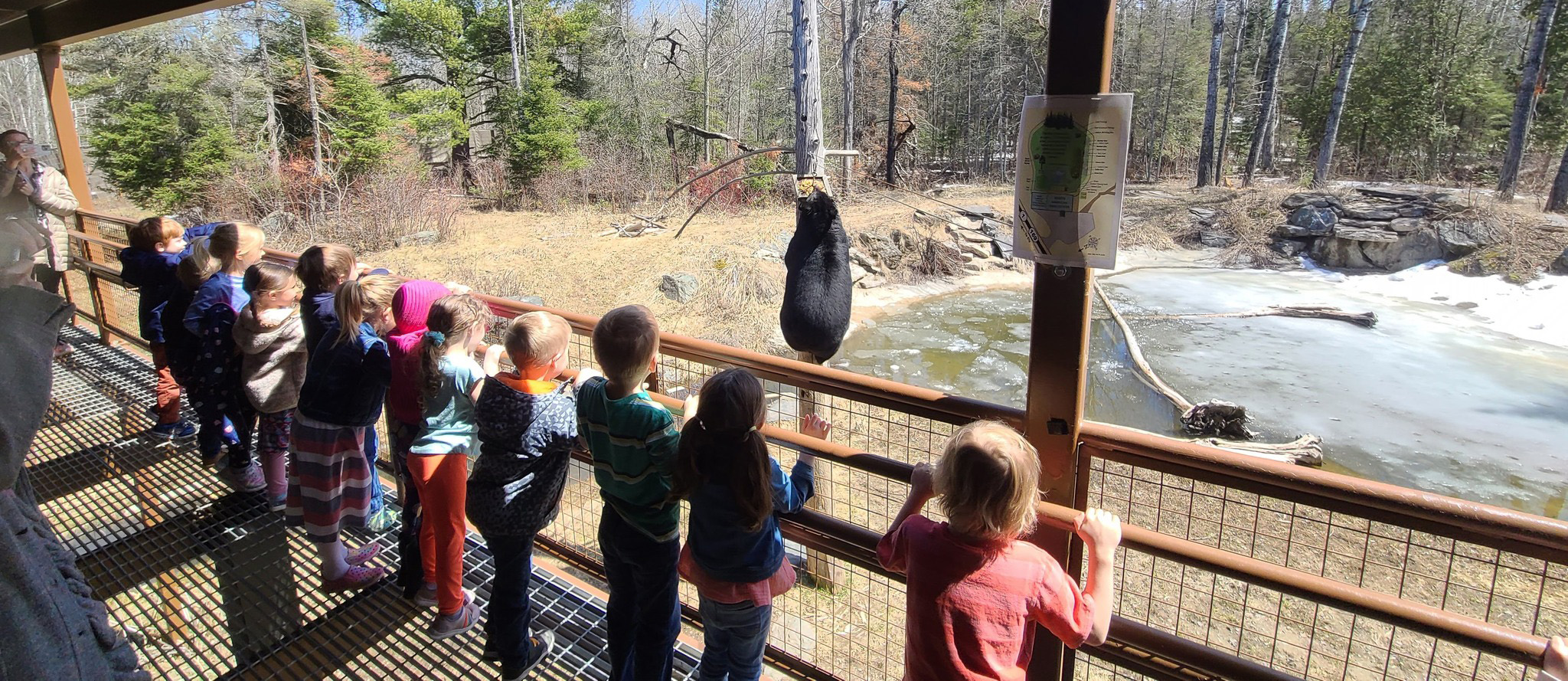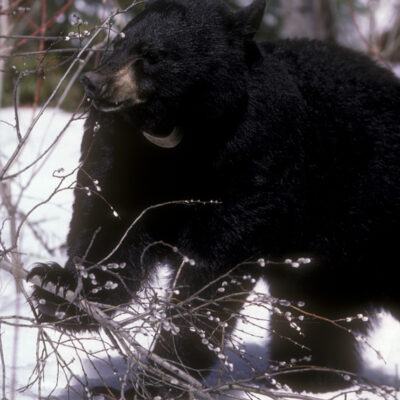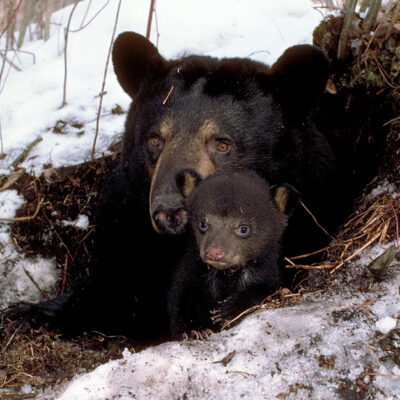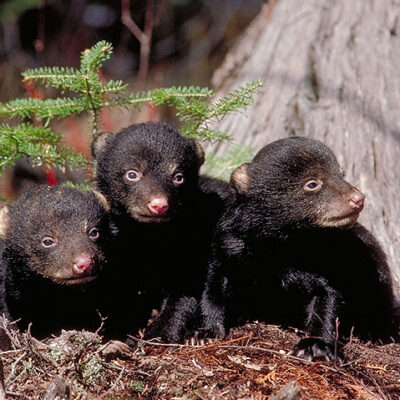Berries – a Critical Food
Berries are important foods throughout the black bear range. The most commonly eaten berries in northeastern Minnesota are sarsaparilla berries, juneberries, cherries, dogwood berries, blueberries, and raspberries. Many other berries…
Read More










